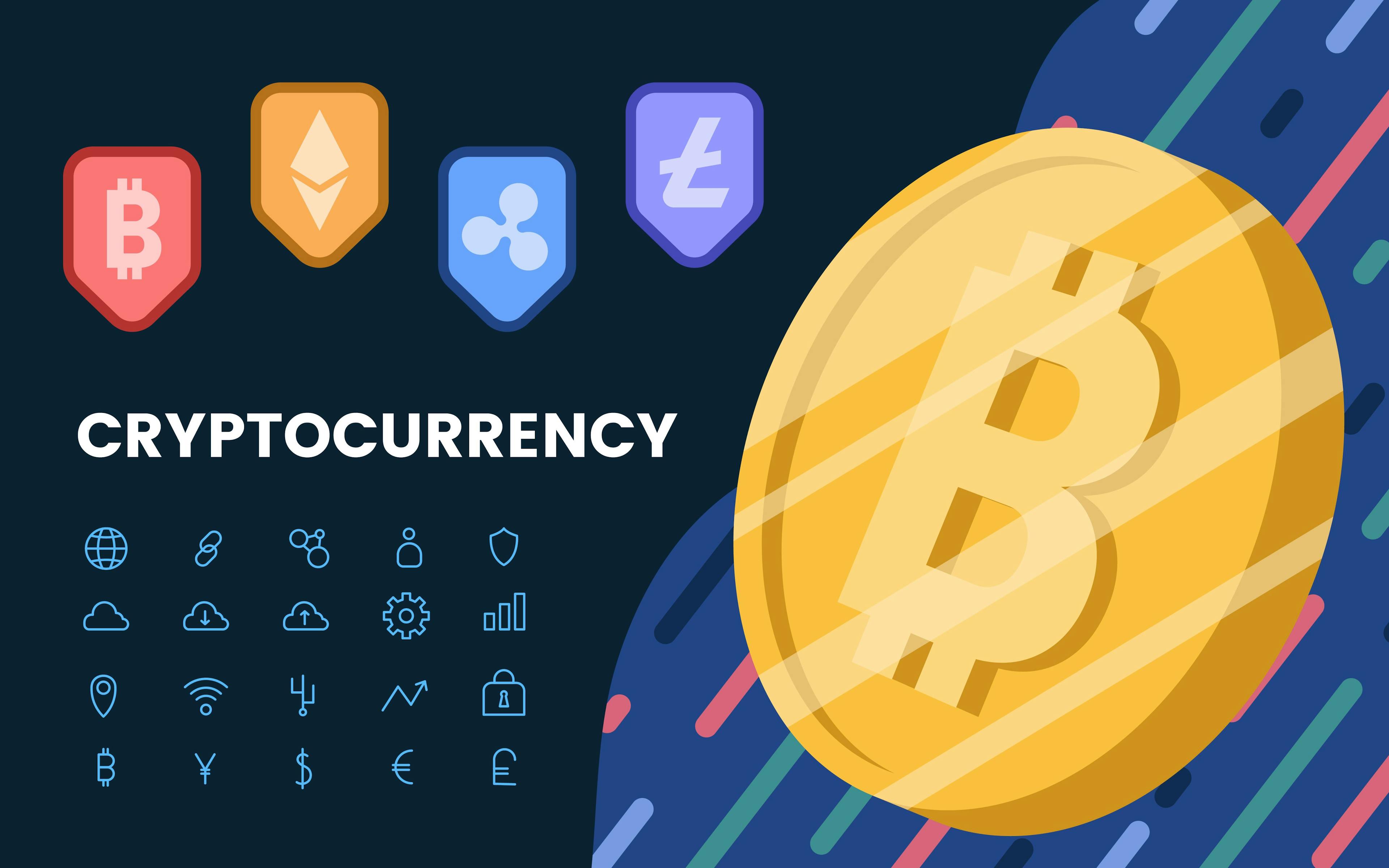Crypto tax accountants
Worried about facing penalties for neglecting crypto tax obligations?

© 2025 Onchain. All rights reserved.
Disclaimer: The logos on this website are copyrighted and registered trademarks of their respective owners. They are used for demonstration purposes only and do not imply endorsement.
Design and Development by AT Digital









